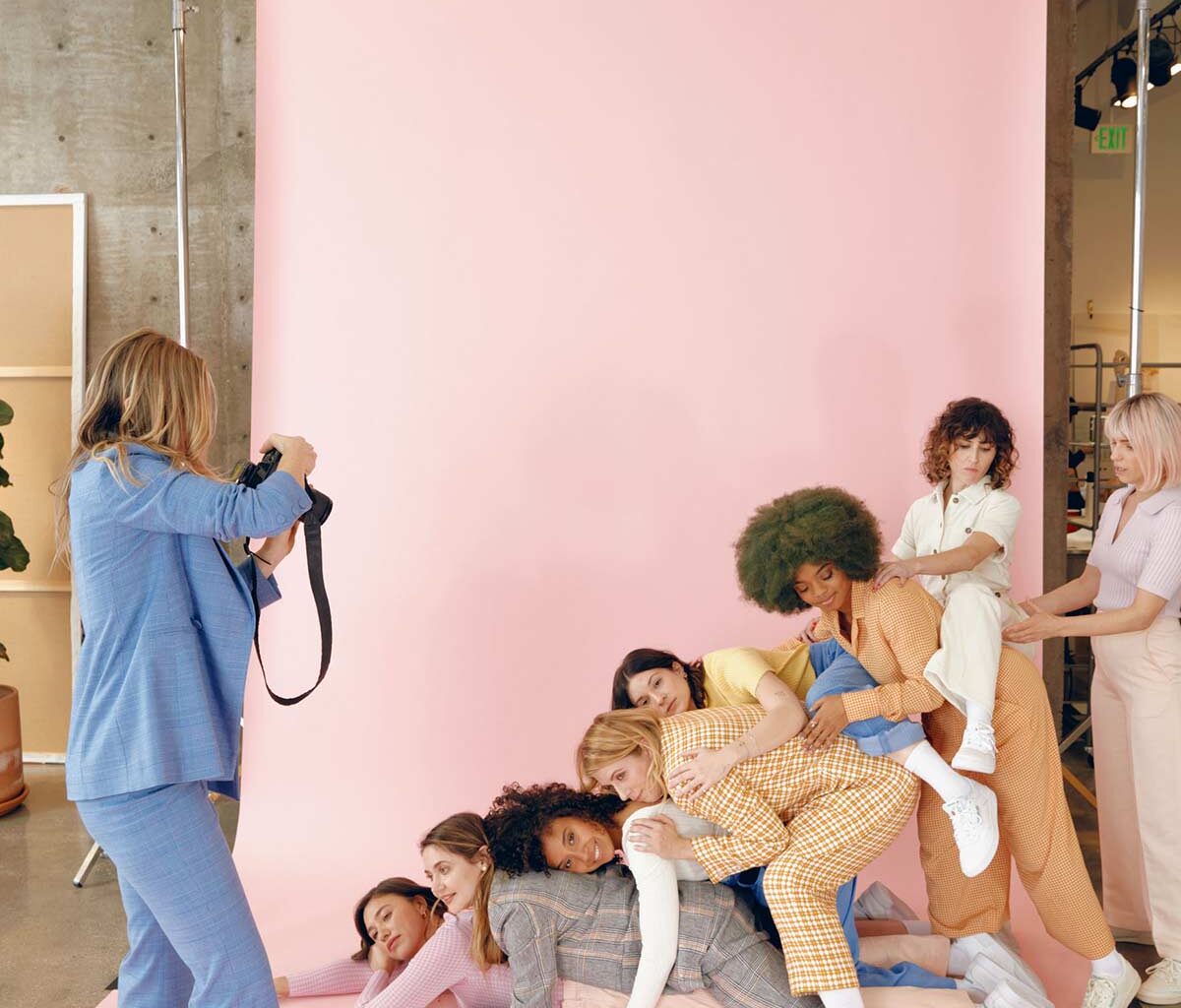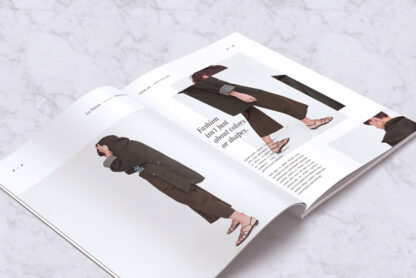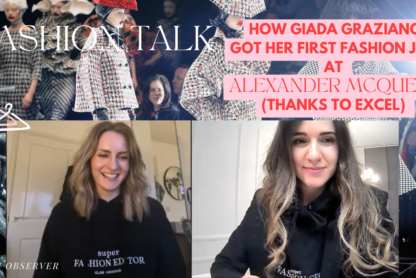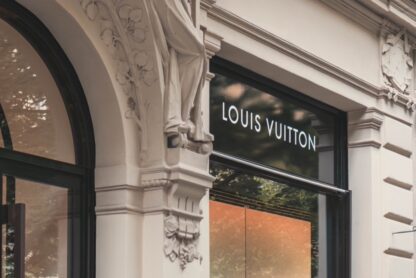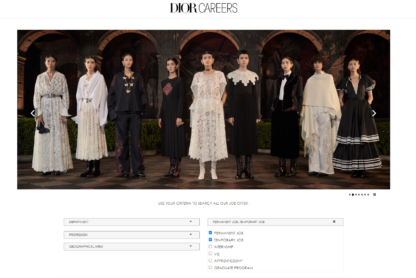Getting published in a magazine is a great accomplishment for young creatives.
Building a personal portfolio is a must for young stylists, photographers and designers but seeing your work published somewhere is something that will make you level up.
If the fashion industry has changed a lot, thanks to social media, the final goal of fashion hasn’t changed: it’s still all about the show, showing clothes, collections, ideas, inspirations etc. Being on a magazine is still the best way to showcase your talent!
Without magazines and their readers, lots of fashion jobs probably just wouldn’t exist. Now that you’ve understood how important getting published is, I’ll explain to you what it takes to be featured in a fashion magazine.
The following tips are valuable both if you’ve worked in a team for an editorial project and if you’re a designer who wants to showcase his new collection.
Digital publications are becoming more and more important. I suggest you explore this world a little more. Stop reading the usual fashion magazines such as Vogue, Vanity Fair, I-D, Marie Claire..and start searching for independent fashion publications, some of them are The Fucking Young, Kaltblut Magazine, Dansk Magazine
It’s important to follow them because these are the ones that will probably publish your work. Start reading them and follow them on their social media profiles.
There are two main ways to get published in a magazine:
- By Commission
- By Submission
By commission means that the editorial is commissioned by the magazine itself. This can happen in two ways: the magazine asks you to collaborate with them or you pitch a project and if the magazine likes it, you’ll get a
When you ask for a pull letter remember to send a mood board with your request.
There are lots of magazines who are interested in giving you a pull letter if your mood board is interesting enough, just search on Google “Fashion Magazine Pull Letters” and you’ll get a huge list.
Each magazine has different rules, be sure to follow them to get the pull letter.
Last but not least having a
pull letter doesn’t mean that the magazine will certainly publish your work.
Sometimes the final project results really different from the mood board that
the magazine has accepted so they can refuse it.
By submission, it means that you propose a certain type of content, that has been already created, to the magazine and if they accept it, your content will get published.
There are lots of magazines that accept submissions from young creatives, which is actually amazing because it makes easier for you to get featured and gain popularity.
Don’t be afraid to send your works to magazines, without young creators they wouldn’t have any material to publish so they’re always happy to review new contents for their digital or printed editions.
Just as I said before be sure to follow the guidelines of each magazine, lots of submissions are rejected because they don’t follow the rules. Even if you’re just starting and you’re about to ask for your first editorial, you need to be professional: reputation is something really important in the fashion industry.
Usually, each magazine has a page on its website that explains how to submit your content. Some magazines prefer to receive an e-mail while others use
This is an example of an e-mail you can use for your submission:
“Hi, I’m …., photographer/ stylist/ art director freelance. My team and I would like to submit you this editorial.
You’ll find all the photos and the whole credits at this link:……
Attached to this email you’ll find a pdf with some of the photos as an example of layout.
Hope you’ll like it, thank you.
Kind regards”
Obviously, this example doesn’t work for all the magazines, some of them ask for a pdf file with all the photos to review before accepting the submission, others prefer you to send the low-quality images instead.
You need to be careful and read the instruction properly. Usually, they ask you to send the material by Wetransfer but some magazines prefer a Dropbox link or a Google Drive one.
Let’s talk now about another really important side of any submission: the credits.
The editorial credits are usually written by the stylist who is also responsible for them. They’re really important because they acknowledge each person who worked for the project.
There are two major types of credits: the team credits (the names and social handles of the team: the stylist, the photographer, the model etc.) and the wardrobe credits (a list of each item of every look).
Credits need to be sent as a doc. form so the magazine can copy and past them.
Writing bad the credits it’s a really unpleasant thing because it can be seen as disrespectful: if a brand’s name is spelled wrong the brand could get angry with the press office who’ve lent the brand’s clothes to the stylist. Please, be really careful and double check them, always!
One thing I suggest you do is to create a pdf layout with some of the photos to sent to the magazine. It’s not something they usually ask but it has lots of benefits:
- You will exercise with software like Indesign
- You’ll develop a good eye for fashion layout, this is something really useful if you want to work as an editor in the future.
Sometimes seeing the photos displayed carefully one next to the other can make the difference for your submission to get accepted!
Last but not least, let’s talk about Kavyar. Kavyar is an online platform that helps young creators to submit their project.
You can choose to submit your content to a particular magazine or you can get some inspirations from the Home page.
You can create your profile for free and then you’ll be able to submit your content whenever you like.
That’s it! Now you know everything about being published in a magazine!
Good luck!
Article by Beatrice Mazza




